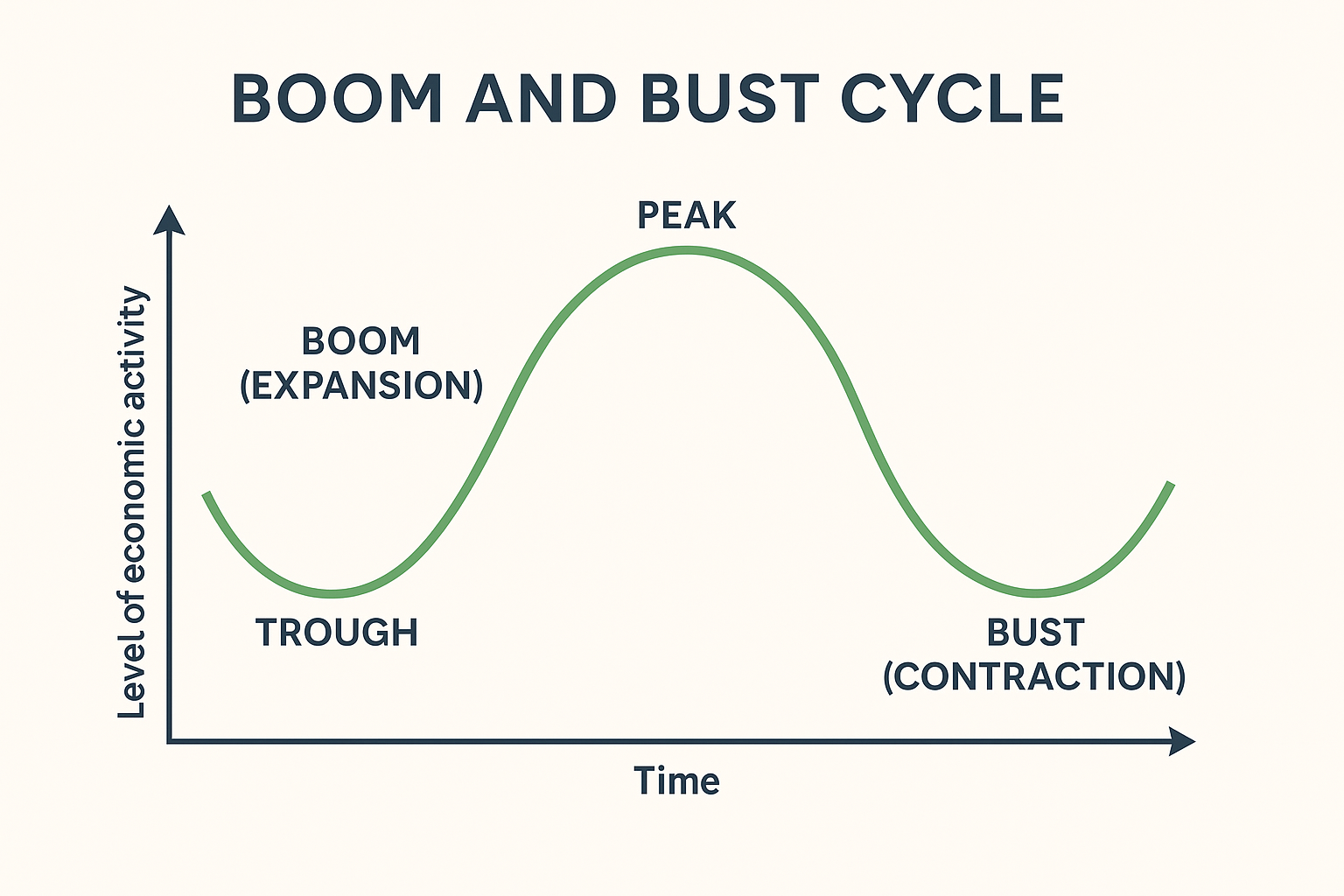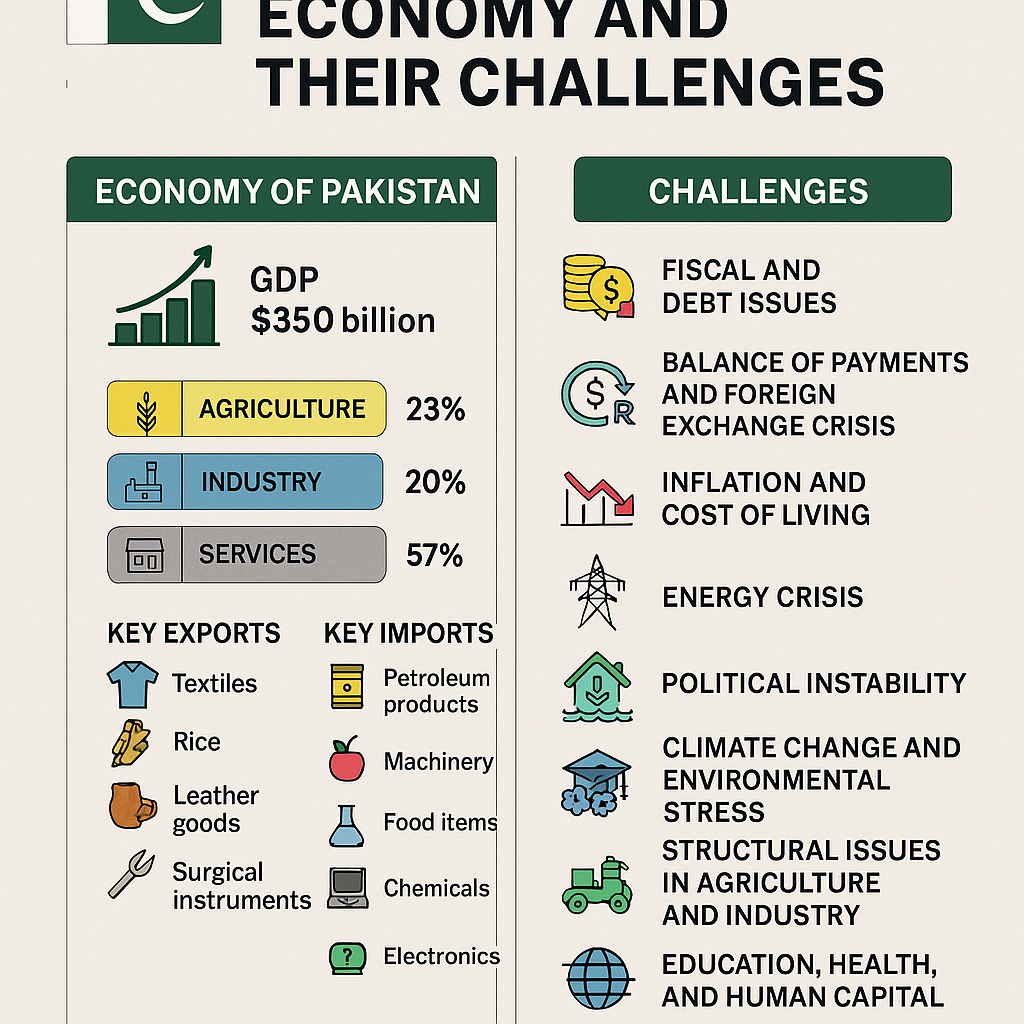Interest rates are a critical tool in economic management, influencing inflation, investment, savings, exchange rates, and overall economic growth. Central banks, like the State Bank of Pakistan (SBP), use interest rates (primarily the policy rate) to control monetary conditions.
1. What Is an Interest Rate?
An interest rate is the cost of borrowing or the return on savings. It is expressed as a percentage of the principal loaned or deposited. Central banks set benchmark interest rates that influence commercial banks’ lending and deposit rates.
2. Key Roles of Interest Rates in an Economy
A. Controlling Inflation
- When inflation is high, central banks raise interest rates to make borrowing more expensive and saving more attractive.
- This reduces consumer spending and business investment, helping cool demand and lower inflation.
Pakistan Example:
- In 2023–2024, SBP raised interest rates to a record 22% to fight inflation that crossed 28–30%.
- The move was aimed at reducing aggregate demand and controlling food and fuel price inflation.
B. Encouraging or Discouraging Investment
- Lower interest rates make borrowing cheaper, encouraging businesses to invest and expand.
- Conversely, higher rates discourage borrowing and capital investment.
Pakistan Example:
- High interest rates discouraged small and medium enterprises (SMEs) and industries from borrowing, slowing down industrial growth and employment.
- Conversely, when SBP lowered rates after COVID-19 in 2020, it helped stimulate economic recovery by easing credit.
C. Influencing Exchange Rates
- Higher interest rates attract foreign capital, strengthening the local currency.
- Lower interest rates may lead to capital outflows and currency depreciation.
Pakistan Example:
- Raising interest rates helped slow the depreciation of the Pakistani Rupee (PKR) by attracting short-term foreign investment in government securities (hot money).
- However, persistent political instability still kept the rupee under pressure.
D. Impact on Savings
- Higher interest rates encourage saving, which can improve domestic capital formation.
- But in low-income countries, saving rates are also driven by income levels and inflation expectations.
Pakistan Example:
- Due to high inflation, real interest rates often become negative, discouraging savings in banks.
- People shift to real assets like gold or real estate when inflation outpaces interest returns.
E. Fiscal Implications
- High interest rates increase the government’s debt servicing cost, especially in countries like Pakistan where public debt is large.
Pakistan Example:
- In 2024, nearly 50% of Pakistan’s federal budget went to interest payments, crowding out spending on health, education, and development.
Conclusion
Interest rates are a double-edged sword:
- They are essential for controlling inflation and stabilizing the currency,
- But high rates can hurt investment, growth, and increase debt burden.
In Pakistan’s case, the central bank often faces a trade-off between curbing inflation and supporting growth — a dilemma made more difficult by structural issues like low tax revenues, high debt, and external imbalances.


